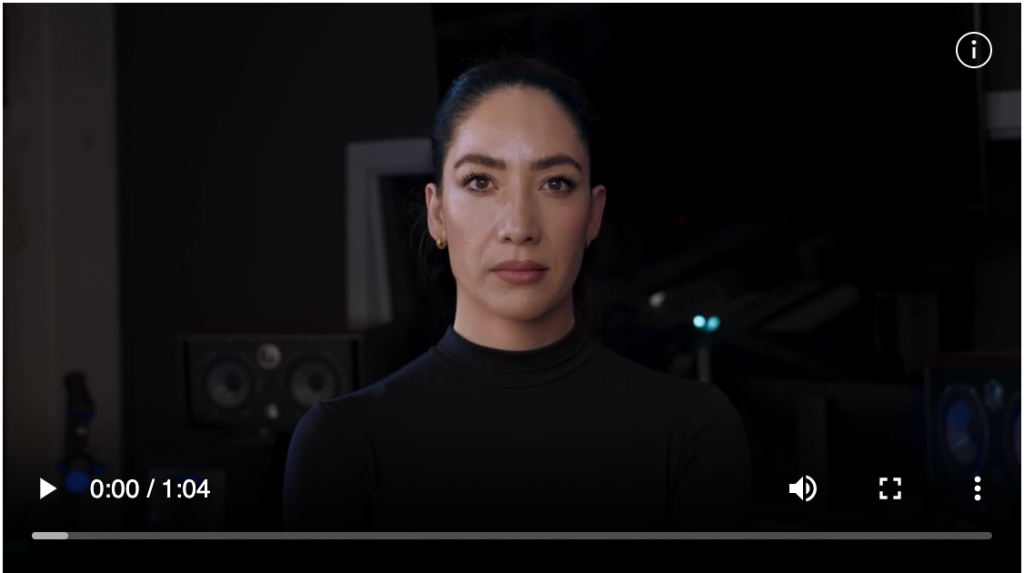
When a viewer hovers over a little icon at the top right corner of the screen of this Revel.ai deepfake video, a box of information about the video appears that includes the disclosure that it ‘contains AI-generated content.’ (Source: Truepic)
White House Urges Content Producers to Label AI-Produced Content with C2PA Cryptography
According to a story on MIT’s technologyreview.com, the demand that companies label their AI-produced visual and audio content—and designate where it came from–might be closer to reality because of an open-source internet cryptography protocol called C2PA.
The White House is asking companies that produce such content to label it as AI-made and the European Union will soon require companies to provide labels indicating the origins of content. Currently watermarking is an option, but it’s not ideal. That’s where C2PA comes in.
“The project, part of the nonprofit Joint Development Foundation, was started by Adobe, Arm, Intel, Microsoft, and Truepic, which formed the Coalition for Content Provenance and Authenticity (from which C2PA gets its name). Over 1,500 companies are now involved in the project through the closely affiliated open-source community, Content Authenticity Initiative (CAI), including ones as varied and prominent as Nikon, the BBC, and Sony.”
Andrew Jenks, the chair of C2PA, told technologyreview.com that membership has increased 56% in the past six months. Companies such as Adobe are already using C2PA. Shutterstock also plans to use it on AI content, which includes that created with DALL-E.
Sejal Amin, chief technology officer at Shutterstock, told MIT Technology Review in an email that the company is protecting artists and users by ‘supporting the development of systems and infrastructure that create greater transparency to easily identify what is an artist’s creation versus AI-generated or modified art.’”
The protocol can be used along with watermarking and other AI detection tools, including ones that involve AI. C2PA is easier and more direct to use, according to Truepic, which sells content verification products.
read more at technologyreview.com







Leave A Comment